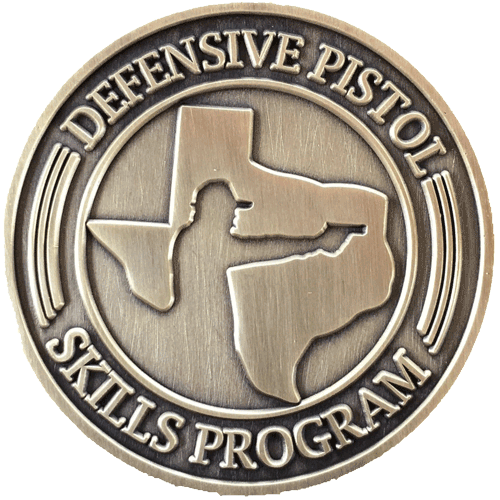Defensive Long Gun (Rifle/Carbine)
Course Description: Use of a carbine or rifle for home defense.
Topics: Rifle sight-in and shotgun patterning, ammunition selection, standing and kneeling positions, shooting from behind cover, shooting at multiple targets, shooting on the move, use of the long gun for building search, malfunction drills and generally developing proficiency with the long gun under stress.
Length: 5-7 hours
For prices and upcoming course dates, check the schedule page.
Prerequisites: previous rifle shooting experience preferred but not essential
Required Equipment:
Rifle: semiauto, lever or pump, capacity of at least 5 rounds. Barrel length of 16-20" preferable. Rifle should be in a moderate caliber (.223, 7.62) or any pistol caliber 9mm or greater. Optics and weapon lights optional.
Optional Equipment: See the general policies page for suggestions on food, drink, clothing, etc.
Taught by: Karl Rehn or other KR Training staff
Facility: A-Zone Range
Times: varies
Scheduled: based on student interest
Additional information: Here are photos from a 1998 shotgun class. Here are photos from the Jan 2009 long gun class.
Here's an online review from a student in the January 2009 class.
Why a rifle instead of a shotgun for home defense?
1) Shorter. 16" barrel legal for rifle vs 18" barrel for shotgun. Manipulation of a long gun indoors around furniture and people, while keeping the muzzle in a safe direction but also being able to quickly bring it up and on target, is more difficult as the barrel length increases.
2) Capacity. Most semiauto rifles and pistol caliber carbines hold at least 10 rounds. Most practical length shotguns hold 5-10 shells. While most home defensive shootings require few rounds, reloading a shotgun is signficantly slower than reloading a magazine fed semiauto rifle or pistol caliber carbine.
3) Less recoil. 12 ga shotgun w/ buckshot loads have equal or greater recoil than a big-game rifle. By comparison a pistol caliber carbine or medium power rifle (.223, 7.62, .30-30) is easier on the shooter which makes accurate shooting easier. Often the "family long gun" is something that any family member could use if needed, but typically most family members are not as enthusiastic about shooting or as comfortable with recoil as the primary gun owner. Choosing a "family long gun" that's easier and more comfortable to shoot increases the chances they will enjoy shooting the gun and become more skilled in its use. If a shotgun is preferred, a semiauto shotgun such as the Remington 1187 has significantly less recoil than a pump shotgun.
4) Faster shot recovery. See "less recoil". It is unrealistic to expect that a single hit from any firearm will cause an 'immediate stop'. Since multiple shots will likely be required, follow up shot speed matters.
5) Simplicity in operation. Manually operated long guns (pump and lever action) require the user to remember to manually cycle the action between shots; with a semiauto all that's required is to continue pulling the trigger until the fight is over. While this may not be a concern for the primary gun user, the less trained family member using the gun under life-threatening stress may find this a problem. Even in the hands of an experienced shooter, manually cycling the gun's action takes time and can be done improperly, causing a malfunction. Clearing malfunctions with manually operated long guns is more complex and slower than malfunction clearing with semiauto long guns, particularly semiauto rifles.
6) Simplicity in ammo selection. With a rifle there's no need to have 3 different types of ammo (birdshot, buckshot and slugs) and try to switch between them as shot distances changes. Changing ammo requires on-the-fly target distance estimation, decision making and time to manipulate the shotgun.
7) Ease of precision shot placement. The most complex situation is one in which a family member or other person is between the shooter and the threat, in the line of fire. With a rifle, precise shot placement is much simpler. With a shotgun, the shooter must know the exact relationship between visual alignment of the gun and the center of the shot pattern, and be able to estimate the shot pattern size at the target's estimated range in order to determine whether the person in the line of fire might be hit.
8) Less sensitive to dominant eye issues. Shotguns shoot instinctively unless the shooter has a dominant eye opposite the dominant hand. Then shotgunning is more difficult. Rifle - particularly scoped rifle - is less dependent on eye-hand dominance being on the same side.
9) Penetration concerns. Shotguns are often favored over rifles because of concerns that shotgun pellets are less likely to overpenetrate and are more likely to be stopped by walls and other inanimate objects. Some studies and reports indicate that the shotgun's reputation for "low penetration" is exaggerated and that there are penetration concerns regardless of what ammunition is used.

